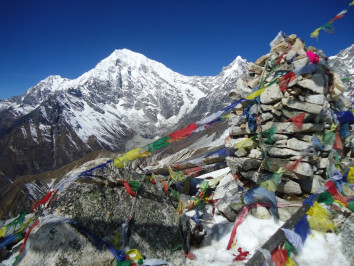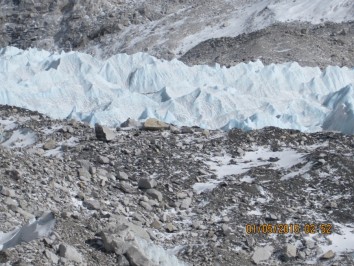What Do You Mean by Trekking in Nepal?
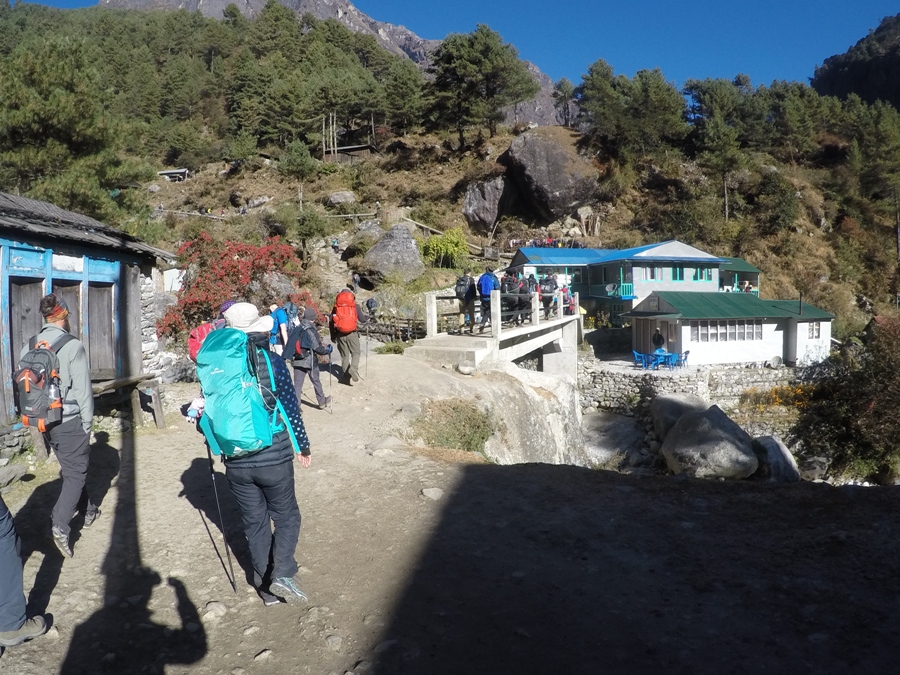
What Do You Mean by Trekking in Nepal?. It covers everything from the definition of trekking in Nepal, cultural and natural highlights, popular routes, history, types of treks, practical considerations, and why Nepal is often called the “Trekking Capital of the World.”
Table of Contents
What Do You Mean by Trekking in Nepal?
Introduction
Trekking in Nepal is not merely an outdoor activity—it’s a spiritual, cultural, and natural journey into the heart of the Himalayas. With its breathtaking mountain landscapes, rich traditions, and welcoming people, Nepal has long been recognized as one of the world’s premier trekking destinations. From the lush subtropical forests in the lowlands to the snow-capped peaks of the highest mountains on Earth, trekking in Nepal is a deeply transformative experience that offers adventure, self-discovery, and connection with nature.
Understanding Trekking in the Nepalese Context
Trekking in Nepal refers to walking on trails that weave through the Himalayan foothills and mountains, often over many days, to reach remote villages, mountain passes, and even high-altitude base camps. Unlike mountaineering, trekking does not require technical climbing skills. It’s an accessible adventure that almost anyone in good health and moderate fitness can enjoy.
The term "trekking" in Nepal, however, goes beyond hiking. It is an immersive experience that allows trekkers to interact with local cultures, explore diverse ecosystems, and witness some of the most dramatic scenery on the planet.
1. The Geography of Nepal: A Trekker’s Paradise
Nepal’s geography is unique and plays a crucial role in shaping the trekking experience. The country is sandwiched between India to the south and China (Tibet) to the north, and its terrain ranges from 60 meters above sea level to 8,848 meters at the summit of Mount Everest.
The country is divided into three ecological belts:
-
Terai (Southern Plains): Tropical and fertile region, not commonly associated with trekking.
-
Hill Region (Pahad): Lush green hills, terraced farmlands, and vibrant villages—ideal for moderate treks.
-
Mountain Region (Himal): Home to the world’s highest peaks, including Everest, Lhotse, Makalu, and Annapurna.
These regions are dotted with ancient trails used for centuries by traders, herders, and pilgrims—many of which now serve as trekking routes.
2. History of Trekking in Nepal
Trekking in Nepal became popular in the 1950s after Nepal opened its borders to foreign visitors. Following the successful ascent of Mount Everest by Sir Edmund Hillary and Tenzing Norgay in 1953, interest in Nepal soared. Early treks were mostly exploratory, involving long caravans and heavy logistics.
In the 1960s and 70s, pioneering trekkers and mountaineers helped establish many of today’s classic trekking routes. The Annapurna Circuit and Everest Base Camp Trek became iconic journeys. Over time, infrastructure improved, and more trekking routes opened, including in restricted or previously off-limits regions like Upper Mustang and Manaslu.
Today, trekking is one of the biggest contributors to Nepal’s tourism industry.
3. Why Trek in Nepal?
a. The Himalayas
Nepal is home to 8 of the 14 peaks over 8,000 meters, including Mount Everest. The mountains serve as a majestic backdrop to every trek, offering awe-inspiring views.
b. Cultural Diversity
Nepal is a mosaic of ethnicities, languages, and religions. Trekkers may meet Sherpas in the Khumbu, Thakalis in Mustang, Gurungs and Magars in the Annapurna region, or Tamangs in Langtang. Each group has its own traditions, festivals, music, and architecture.
c. Biodiversity
The trekking trails of Nepal pass through various ecological zones, from tropical forests teeming with wildlife to alpine meadows and glacial valleys.
d. Sacred Spaces
Many trekking destinations in Nepal hold religious significance—be it the holy lakes of Gosaikunda, the Muktinath temple, or monasteries in the Everest and Mustang regions.
4. Types of Trekking in Nepal
a. Tea House Trekking
This is the most common form of trekking, where trekkers stay in small lodges (tea houses) along the route. These provide basic accommodation, meals, and warmth, allowing trekkers to travel with lighter packs.
Popular tea house treks:
-
Everest Base Camp
b. Camping Trekking
Ideal for off-the-beaten-path routes, camping treks involve carrying tents, food, and kitchen supplies. They are more expensive but provide access to remote and pristine areas.
Examples:
c. Restricted Area Treks
Certain areas in Nepal require special permits and a guide due to proximity to international borders or cultural sensitivity. These include:
-
Upper Mustang
-
Upper Dolpo
d. Luxury Trekking
For those who prefer comfort, luxury trekking offers upgraded accommodations, gourmet meals, and amenities such as hot showers and even spas. This is available on select routes.
5. Popular Trekking Routes
a. Everest Base Camp (EBC)
-
Duration: 12–16 days
-
Max altitude: 5,364 meters
-
Highlight: Close-up views of Everest, Sherpa villages, Tengboche Monastery, Kala Patthar sunrise.
b. Annapurna Circuit
-
Duration: 14–21 days
-
Max altitude: 5,416 meters (Thorong La Pass)
-
Highlight: Varied landscapes, cultural diversity, views of Annapurna, Dhaulagiri, and Manaslu.
c. Annapurna Base Camp (ABC)
-
Duration: 7–12 days
-
Max altitude: 4,130 meters
-
Highlight: Annapurna Sanctuary, Machapuchare (Fishtail) Mountain, hot springs.
d. Langtang Valley
-
Duration: 7–10 days
-
Max altitude: 4,984 meters (Tserko Ri)
-
Highlight: Langtang National Park, Tamang culture, mountain vistas, glaciers.
e. Manaslu Circuit
-
Duration: 14–18 days
-
Max altitude: 5,160 meters (Larkya La)
-
Highlight: Remote villages, cultural experience, dramatic mountain scenery.
f. Upper Mustang
-
Duration: 12–15 days
-
Max altitude: 3,800 meters
-
Highlight: Tibetan culture, desert landscapes, cave monasteries, walled city of Lo Manthang.
6. Trekking Seasons in Nepal
a. Spring (March–May)
One of the best times to trek. Rhododendron forests bloom, temperatures are moderate, and the skies are generally clear.
b. Autumn (September–November)
The most popular trekking season. Post-monsoon clarity offers stunning mountain views, and the weather is stable.
c. Winter (December–February)
Lower-elevation treks are possible, but high passes may be snow-covered. Fewer crowds and crisp air.
d. Monsoon (June–August)
Not ideal for most treks due to rain, landslides, and leeches. However, rain-shadow areas like Upper Mustang and Dolpo are suitable.
7. Trekking Permits and Regulations
Trekkers in Nepal are required to obtain permits, which vary depending on the route:
-
TIMS Card (Trekkers’ Information Management System)
-
National Park or Conservation Area Permits
-
Restricted Area Permits (must be obtained through a registered agency)
Hiring a licensed holder guide and/or porter is compulsory in some areas, especially restricted zones and conservation regions.
8. Trekking Infrastructure
Nepal has well-developed trekking infrastructure:
-
Tea houses and lodges
-
Helicopter rescue services
-
Experienced guides and porters
-
Well-marked trails
-
Mobile and satellite connectivity on major routes
Cities like Kathmandu and Pokhara serve as staging points, offering gear rentals, transportation, and accommodation.
9. Health and Safety in the Mountains
a. Altitude Sickness (AMS)
One of the primary risks on high-altitude treks. Prevention includes acclimatization days, slow ascent, hydration, and avoiding alcohol.
b. Insurance
Travel insurance covering high-altitude trekking and emergency evacuation is strongly recommended.
c. Food and Water
Stick to freshly cooked meals and purified water to avoid gastrointestinal issues.
10. Cultural Etiquette and Responsible Trekking
Nepal is a deeply spiritual country. Trekkers should respect local customs:
-
Always walk clockwise around religious monuments.
-
Ask before photographing people.
-
Dress modestly in villages and sacred places.
Responsible Trekking Tips:
-
Carry reusable water bottles and avoid plastic.
-
Use local guides and stay in locally owned lodges.
-
Do not leave trash behind.
-
Support eco-friendly and community-based trekking companies.
11. Solo vs. Group Trekking
Solo Trekking:
-
Allowed in most regions, though banned in some (e.g., Manaslu, Mustang).
-
Offers flexibility but requires greater preparation.
Group Trekking:
-
Safer in remote areas.
-
Shared experience with like-minded travelers.
-
Often more economical with shared costs for guide/porter.
12. Economic and Social Impact of Trekking
Trekking tourism is a major economic driver in Nepal. It provides employment to:
-
Guides
-
Porters
-
Lodge owners
-
Cooks and support staff
However, it must be managed sustainably to protect cultural heritage and fragile ecosystems.
13. Preparing for a Trek in Nepal
a. Physical Fitness
Moderate to good fitness is required. Pre-trek training can include:
-
Cardio (hiking, running)
-
Strength training
-
Hiking with a loaded backpack
b. Gear Checklist
-
Sturdy trekking boots
-
Sleeping bag (for cold nights)
-
Warm layers (down jacket, thermals)
-
Rain gear
-
Headlamp, sunscreen, sunglasses
-
Trekking poles (optional but helpful)
c. Travel Documents
-
Valid passport
-
Nepal visa (on arrival for most countries)
-
Trekking permits
14. Conclusion: Trekking as a Life-Changing Journey
Trekking in Nepal is more than walking from one village to another—it’s a journey into the soul of a nation. With every footstep, trekkers connect more deeply to the land, the people, and themselves. Whether gazing at Everest from Kala Patthar, crossing the Thorong La Pass, or sharing a smile with a local child in a mountain village, Nepal leaves an indelible mark on those who visit.
Whether you're a seasoned hiker or a curious adventurer, trekking in Nepal invites you to explore not just the peaks of the Himalayas but the depths of your own resilience, spirit, and wonder.
Recent Posts

20th Oct, 2022

20th Oct, 2022

20th Sep, 2020

1st Sep, 2020

13th Nov, 2022

13th Nov, 2022

12th Sep, 2017

23rd Sep, 2015

14th Aug, 2016

12th Aug, 2016

5th Apr, 2017

15th Jan, 2017

9th Jun, 2016

6th Jun, 2017

14th Sep, 2015

11th Aug, 2016

10th Apr, 2017

4th Oct, 2015

1st Oct, 2015

15th Jan, 2018

4th Sep, 2017

16th Jun, 2017

2nd Dec, 2017

12th Oct, 2015

30th Jun, 2016

13th Apr, 2017

7th Jun, 2016

22nd Aug, 2017

10th Sep, 2015

28th Aug, 2015

4th Jul, 2016

7th Oct, 2015

6th Dec, 2017

10th Jun, 2016

8th Jan, 2018

8th Jun, 2016

31st Aug, 2017

19th Sep, 2017

18th Aug, 2015

7th Aug, 2018

12th Sep, 2017

6th Mar, 2020

19th Sep, 2017

16th Feb, 2020

13th Dec, 2017

17th Jun, 2016

8th Dec, 2017

28th Jun, 2017

14th Oct, 2015

11th Jul, 2016

21st Jun, 2017

11th Jul, 2020

16th Aug, 2015

21st Sep, 2015

5th Mar, 2020

12th Jun, 2017

3rd Aug, 2018

3rd Sep, 2015

25th Jun, 2017

2nd Sep, 2020

3rd Jul, 2016

24th Jun, 2016

11th Aug, 2017

12th Jun, 2016

11th Sep, 2015

6th Aug, 2017

3rd Aug, 2017

26th Jun, 2016

6th Jun, 2016

30th Aug, 2015

7th Sep, 2015

26th Aug, 2015

5th Sep, 2015

16th Sep, 2015

20th Sep, 2015

16th Jun, 2016

15th Dec, 2016

6th Jul, 2016

22nd Mar, 2020

10th Mar, 2020

5th Aug, 2016

23rd Sep, 2016

1st Sep, 2015

13th Dec, 2017

20th Jul, 2017

12th Aug, 2015

17th Nov, 2017
24th Aug, 2015

18th Sep, 2017

23rd Feb, 2020

14th Jun, 2017

26th Jun, 2017
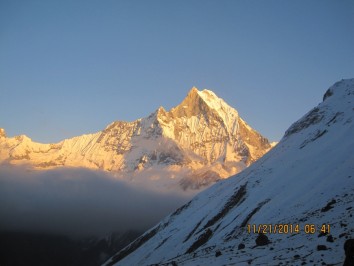
19th Aug, 2015
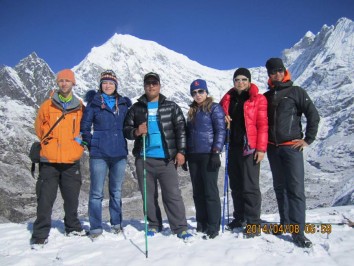
7th Apr, 2017
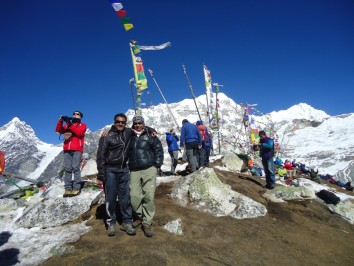
1st Jul, 2016

20th Sep, 2016
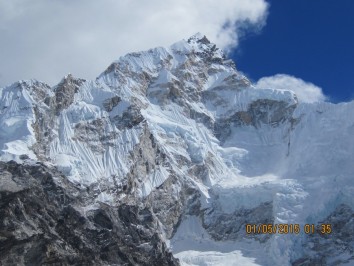
5th Jul, 2016
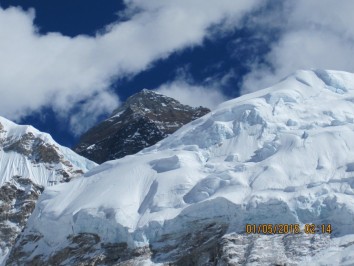
10th Jul, 2016

12th Mar, 2020

30th Jun, 2017

30th Aug, 2018

23rd Jul, 2017

12th Jan, 2017

23rd Jul, 2017

11th Aug, 2017

2nd Jul, 2017

4th Sep, 2018

11th Aug, 2017

27th Jun, 2016

2nd Apr, 2017
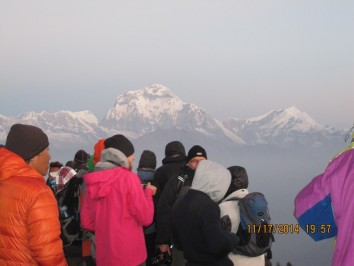
28th Jun, 2016

23rd Jun, 2016

21st Sep, 2018

25th Sep, 2015

15th Sep, 2017

21st Jun, 2016
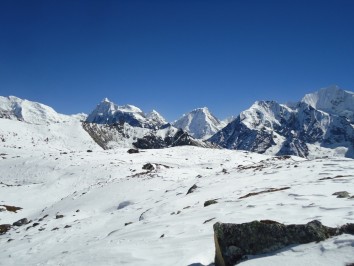
21st Aug, 2015
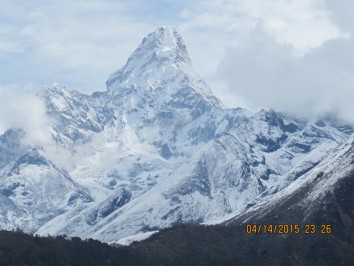
8th Jul, 2016

1st Jan, 2018

28th Sep, 2015

5th Mar, 2020

12th Sep, 2017

12th Sep, 2020

22nd Aug, 2017

18th Aug, 2017

27th Sep, 2016

13th Jan, 2016

18th Aug, 2017

23rd Feb, 2020

6th May, 2018

31st Aug, 2017

17th Feb, 2020

23rd Oct, 2017

2nd Jul, 2016

9th Aug, 2016

23rd Nov, 2022

23rd Nov, 2022

18th Dec, 2022

11th Mar, 2023

11th Mar, 2023

13th Mar, 2023

14th Mar, 2023

15th Mar, 2023

16th Mar, 2023

17th Mar, 2023
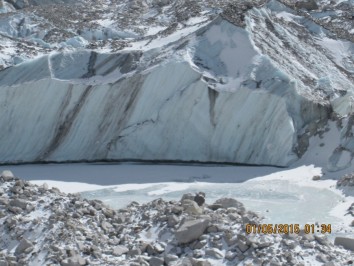
18th Mar, 2023

19th Mar, 2023

20th Mar, 2023

23rd Mar, 2023

26th Mar, 2023

3rd Apr, 2023

11th Apr, 2023

11th May, 2023

27th May, 2023

30th May, 2023

1st Jun, 2023

3rd Jun, 2023

4th Jun, 2023

6th Jun, 2023

14th Jun, 2023

16th Jun, 2023

18th Jun, 2023

24th Jun, 2023

29th Jun, 2023

2nd Jul, 2023

4th Jul, 2023

8th Jul, 2023

25th Jul, 2023

5th Aug, 2023

6th Aug, 2023

7th Aug, 2023

10th Aug, 2023

11th Aug, 2023

12th Aug, 2023

13th Aug, 2023

22nd Aug, 2023

23rd Aug, 2023

24th Aug, 2023

26th Aug, 2023

27th Aug, 2023

31st Aug, 2023

3rd Sep, 2023

8th Sep, 2023

12th Sep, 2023

20th Sep, 2023

21st Sep, 2023

22nd Sep, 2023

23rd Sep, 2023

30th Sep, 2023

1st Oct, 2023

2nd Oct, 2023

6th Oct, 2023

10th Oct, 2023

11th Oct, 2023

15th Oct, 2023

16th Oct, 2023

17th Oct, 2023

18th Oct, 2023

21st Oct, 2023

28th Oct, 2023

30th Oct, 2023

1st Nov, 2023

3rd Nov, 2023

10th Nov, 2023

12th Nov, 2023

27th Nov, 2023

30th Nov, 2023

6th Dec, 2023

7th Dec, 2023

8th Dec, 2023

9th Dec, 2023

10th Dec, 2023

13th Dec, 2023

15th Dec, 2023

25th Dec, 2023

7th Jan, 2024

17th Jan, 2024

1st Feb, 2024

4th Feb, 2024

12th Feb, 2024

17th Feb, 2024

22nd Feb, 2024

7th Mar, 2024

10th Mar, 2024

30th Mar, 2024

3rd Apr, 2024

6th Apr, 2024

10th Apr, 2024

1st May, 2024

4th May, 2024

5th May, 2024

7th May, 2024

10th May, 2024
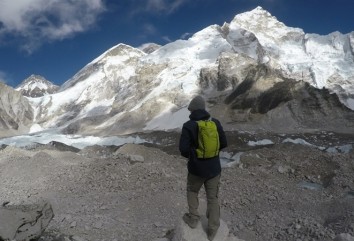
15th May, 2024
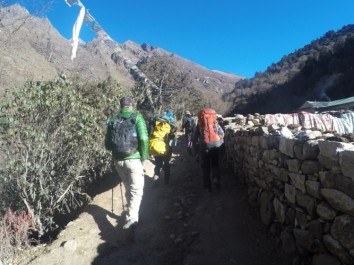
26th May, 2024
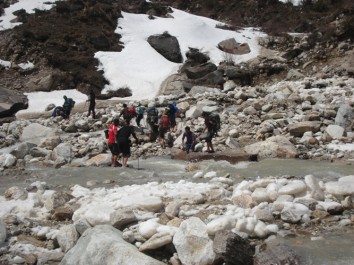
2nd Jun, 2024
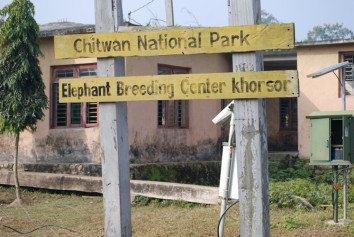
22nd Jun, 2024

2nd Jul, 2024
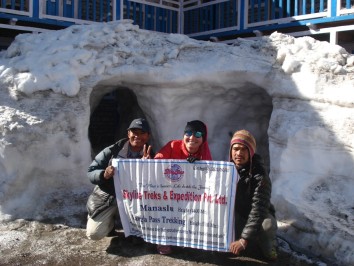
3rd Jul, 2024
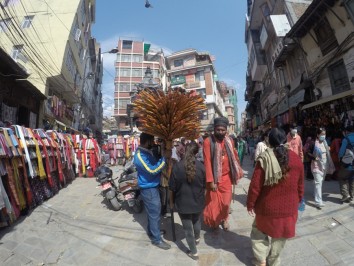
6th Jul, 2024
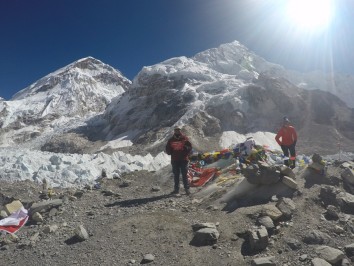
7th Jul, 2024

19th Jul, 2024
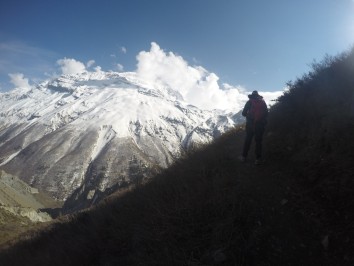
23rd Jul, 2024
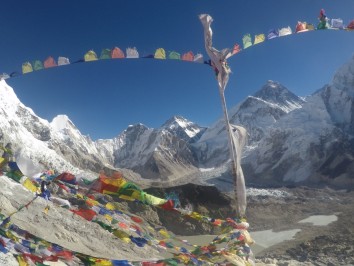
28th Jul, 2024
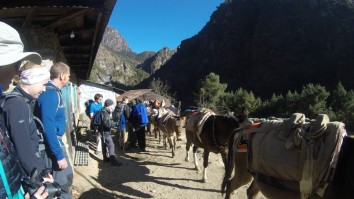
31st Jul, 2024
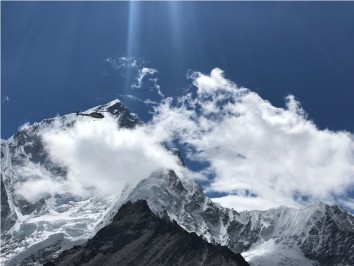
23rd Aug, 2024

19th Oct, 2024

21st Oct, 2024

23rd Jan, 2025

8th Feb, 2025
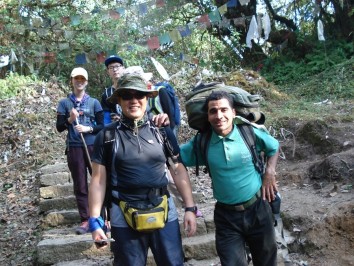
9th Mar, 2025

15th Mar, 2025
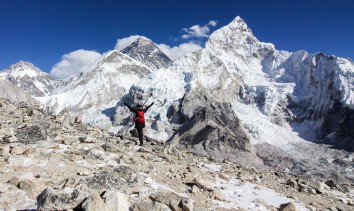
17th Mar, 2025

18th Mar, 2025

19th Mar, 2025
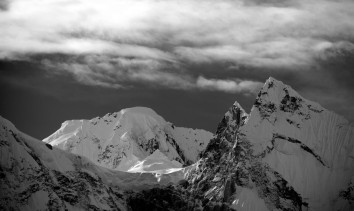
20th Mar, 2025

23rd Mar, 2025

6th Apr, 2025
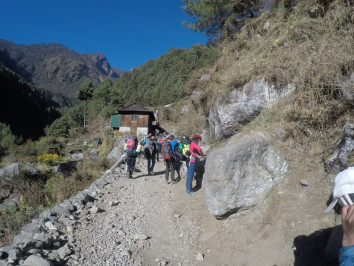
6th Apr, 2025

6th Apr, 2025
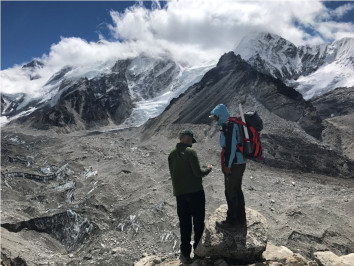
9th Apr, 2025

9th Apr, 2025
